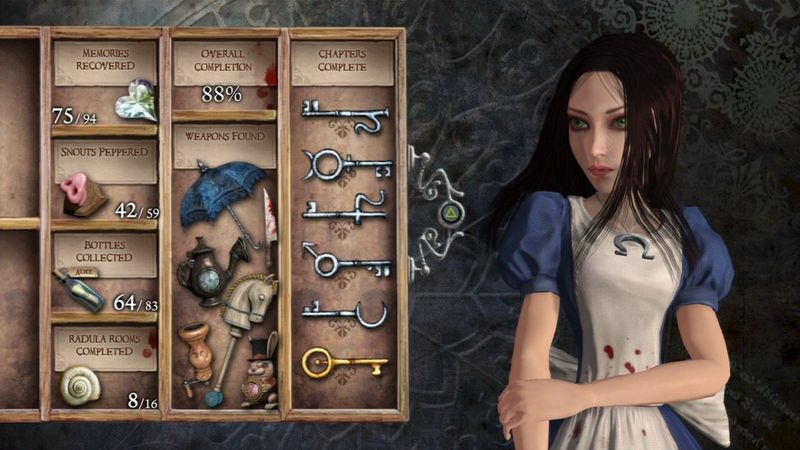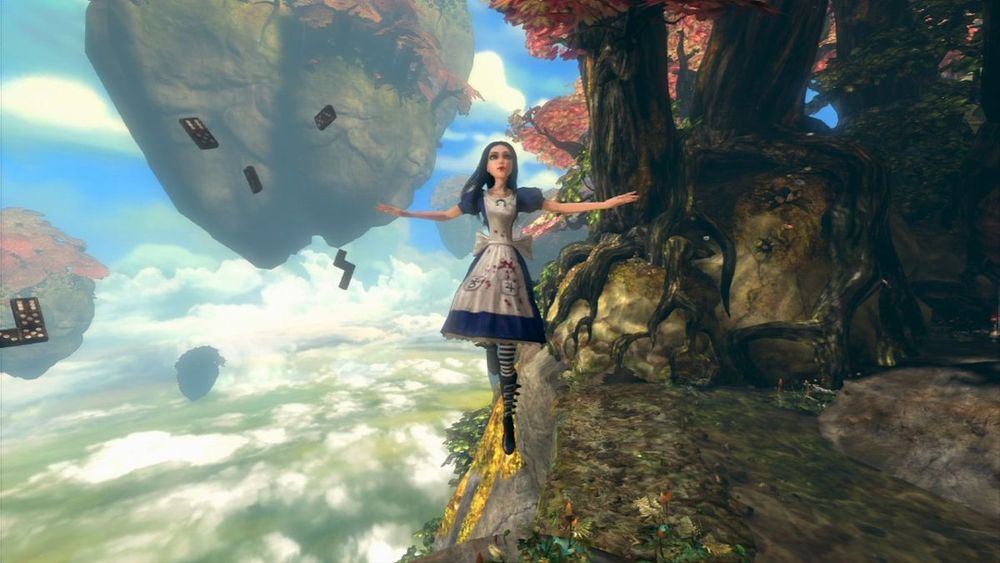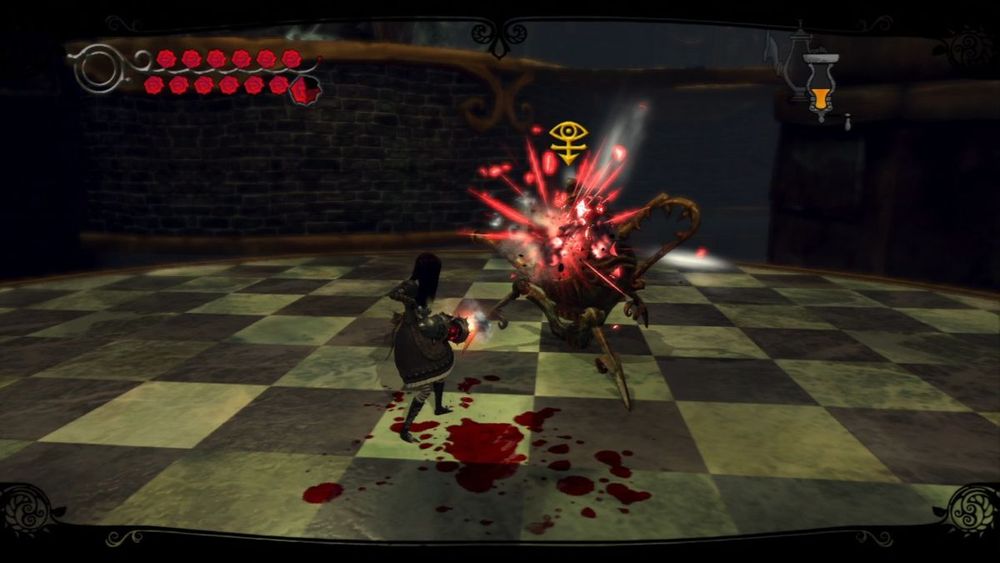It’s been a long time since the 2011 release of Alice: Madness Returns, a belated sequel to the 2000 game American McGee’s Alice. There has been talk of a possible return, but some have given up hope. Today we remember that second installment, which, thanks to its console version, helped bring the legend of Alice to the world.
The story of Alice: Madness Returns isn’t something we’re going to tell or reveal in any particular depth, as it’s a storyline that’s worth enjoying independently for each player. More important is having the chance to access the original game, American McGee’s Alice, which in the time, was included as a downloadable extra via a coupon included with this title. Since the sequel’s story follows that of the original, the key step is to finish the first title and then move on to the second part.
Alice knows how to jump
In any case, Alice: Madness Returns is a game that combines action and platforming in equal measure, with some puzzles to solve as we advance and eliminate enemies one after another. The combat controls, as well as the platforming and exploration controls, are very simple, and everything has been effectively linked with buttons so that users can quickly learn how the game works. During the jumping and platforming moments, we appreciate that Alice can not only double-jump, but also float, perform another boost, and even use the escape function, which also helps in combat. Thanks to this, the game bases a good part of its platforming gameplay on areas where we’ll have to make long jumps across the screen, even using objects we see along the way as bouncers.

During exploration, Alice benefits from the ability to make herself small. In this state, she can not only squeeze through small sections and gaps in the scenery, but she’s also able to see signs and elements of the setting that she wouldn’t be able to see at her normal size. For example, we’ll see signs that give us clues about where a memory or item is hidden, and even the platforms we’ll have to jump between at specific times.
Finally, when it comes to combat, Alice can use a variety of weapons and moves. The most basic are her blade, which she uses to cut enemies with a simple combo, and the pepper blaster. Both are important resources that can be upgraded using currency-like items that we earn throughout the game. With the blade, each time we upgrade it, we’ll gain more combos and attack speed. Button repetition is constant, and in this regard, the combat system is very simple, but it relies on the ability to use dodges in key situations to avoid blows and the pepper blaster to fire from a distance, among other tools that will appear later. The game offers a solid combat system, with the ability to mark opponents, jump freely, and adopt attack strategies depending on the enemy she wants to defeat. There’s also a special rage mode that Alice can enter at specific times, highlighting her abilities for a limited time.

A unique visual style
One of the main attractions of the original game, released more than 20 years ago on PC, was its aesthetic, which attempted to depict a very unusual Wonderland. This concept was revisited for the sequel, and the aesthetics are truly top-notch. The art direction is surprisingly personal and striking, using colors and designs that stand out in a completely positive way. However, it’s fair to acknowledge that in terms of the game’s graphic quality, the care taken with the settings, the amount of interaction, and the technical attention to detail, Alice: Madness Returns falls short of what one might expect. For example, it’s frustrating that Alice can make herself very small, but when in this state, she can only fit into holes designed specifically for her. On the other hand, and in contrast to this, there are carefully crafted illustrations that help narrate the game’s progress, and when the protagonist enters rage mode, her appearance also changes. Not to mention that Alice has several outfits that add visual variety to the game.

The soundtrack isn’t as efficient as the original game’s and can feel a bit repetitive at times. Considering the visuals it offers, it wouldn’t have hurt to have provided a more efficient soundscape, with a bit more intensity and appeal. Aside from this, the audio is of excellent quality, featuring the voice talent Susie Brann in the role of Alice. Finally, the special effects play a more prominent role in portraying each of the protagonist’s attacks.
Waiting another return
Alice: Madness Returns is a game that stands out among many other first-person action titles availables in the time and offers a very high-quality experience. Some of its aspects aren’t perfectly polished, and it has its flaws, but you have to recognize that as a gameplay experience, it’s a title well worth paying attention to. Even today, we continue to wait for the series return and, if possible, another reboot of its first two installments.








